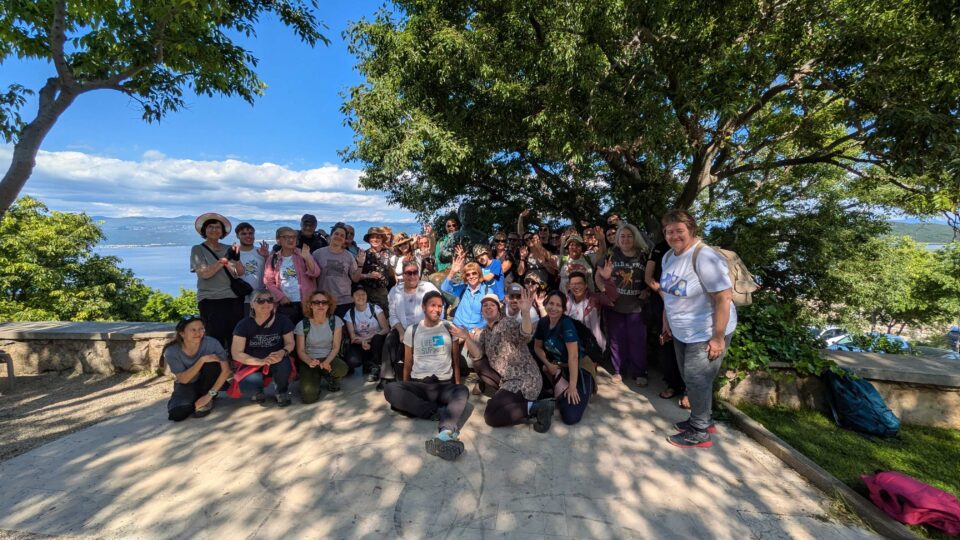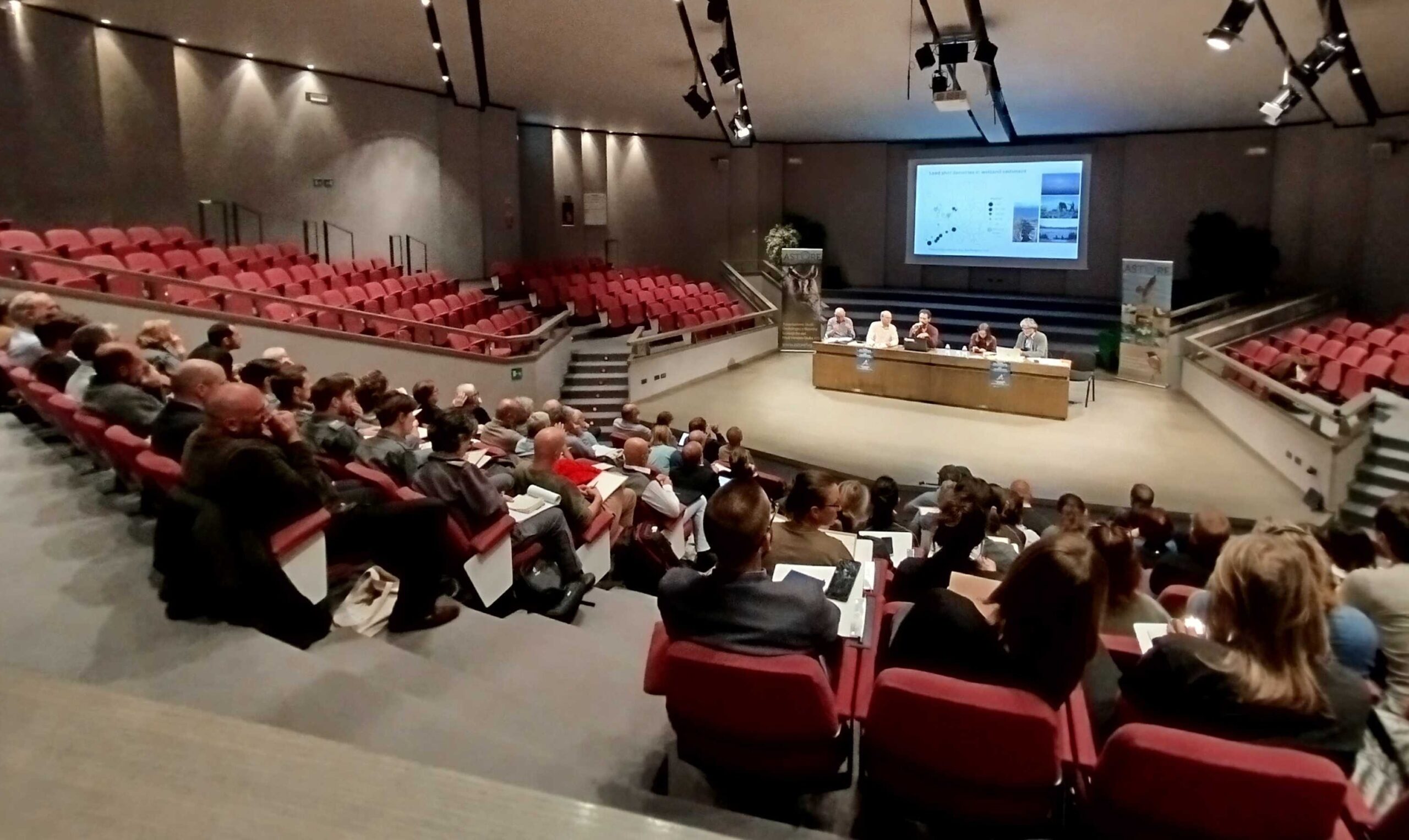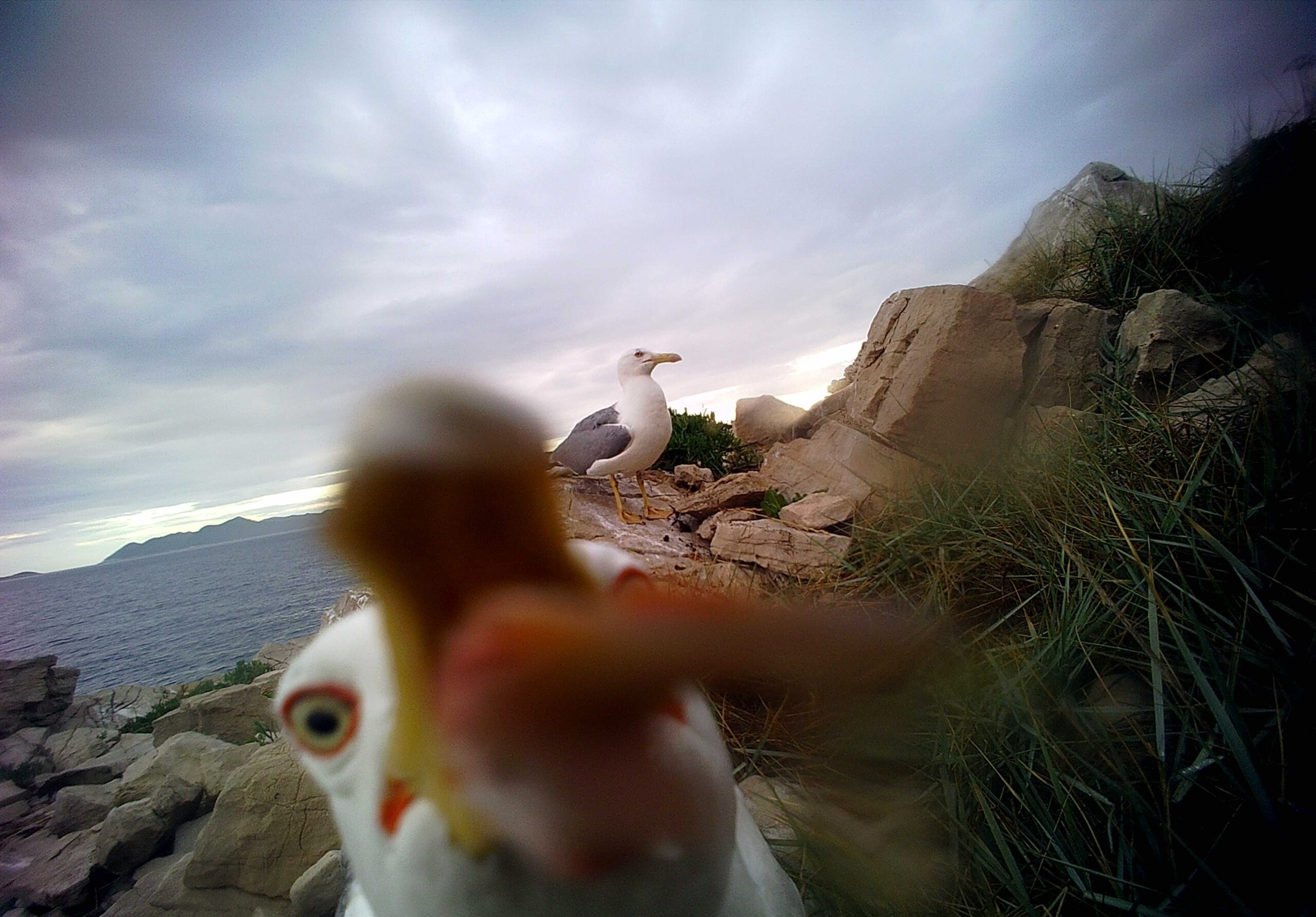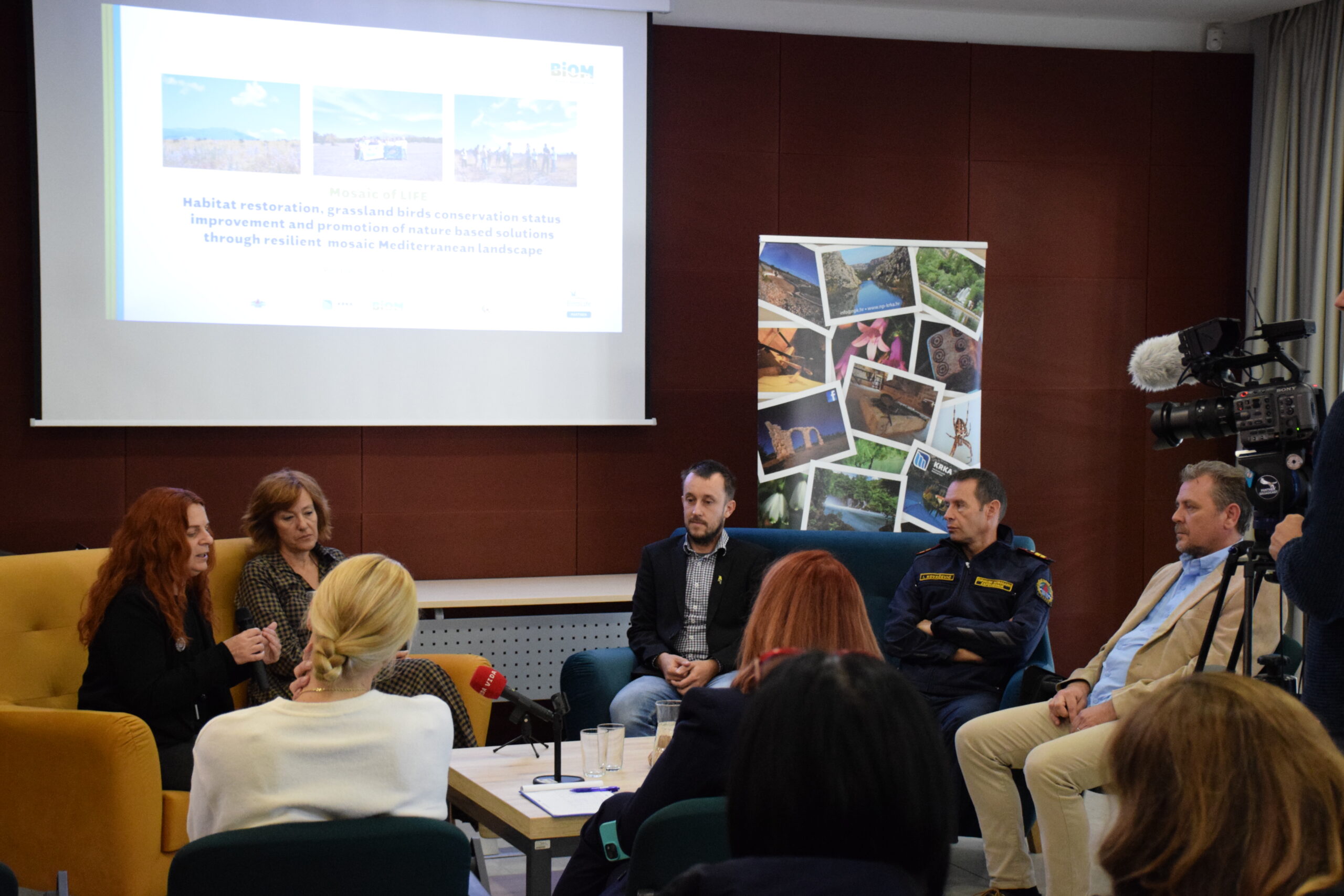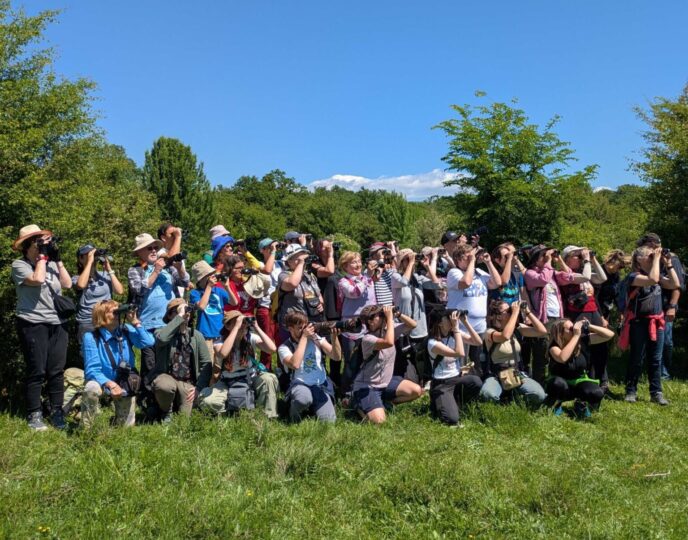
This year, the traditional excursion destination for members of the BIOM Association was the island of Krk, one of the Kvarner archipelago islands and home to the last remaining population of the Griffon Vulture in Croatia. Due to the area’s importance for the conservation of this endangered bird species – which is the focus of the multi-year EU-funded LIFE SUPport project implemented by BIOM and other project partners – we brought a motivated group of our members to learn about the threats vultures face.
In addition to birdwatching, members had the opportunity to learn about Croatia’s largest bird species and the dangers it encounters. One of the key threats is electrocution – and citizens can get involved in monitoring this risk, significantly contributing to the species’ protection.
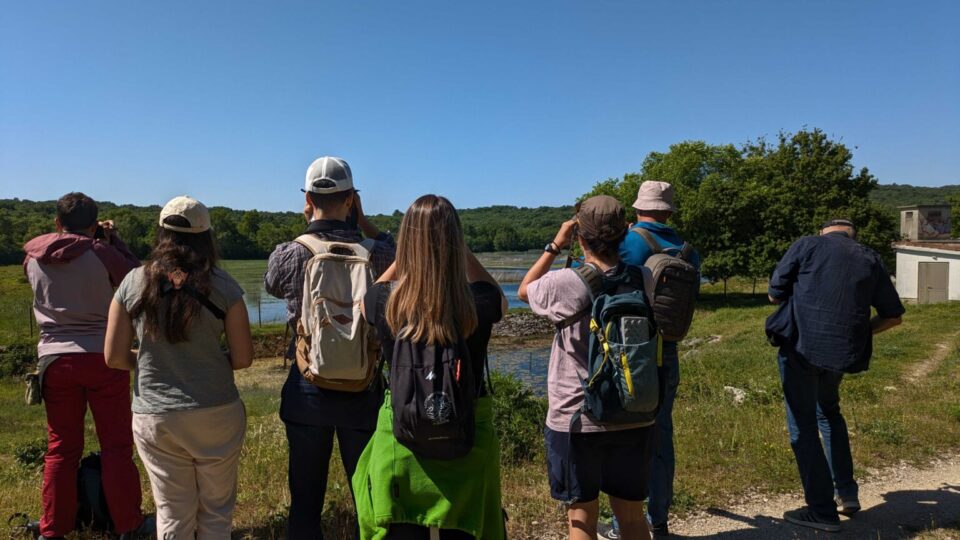
We departed early on May 10th from Zagreb, and a flock of Alpine swifts greeted us at the Krk Bridge. After arriving on the island by bus, we were met by our coastal team, and our first stop was Lake Njivice. During our walk to the lake, we were serenaded by the nightingale and Sardinian warbler. The weather was warm and pleasant, the lake clean with scattered water lilies. We observed charming great crested grebes and an elegant female marsh harrier gliding over the reeds. Unfortunately, there weren’t many birds at this site, but we were lucky to be joined by experienced local birders who led us to their favorite spot – Lake Ponikve.
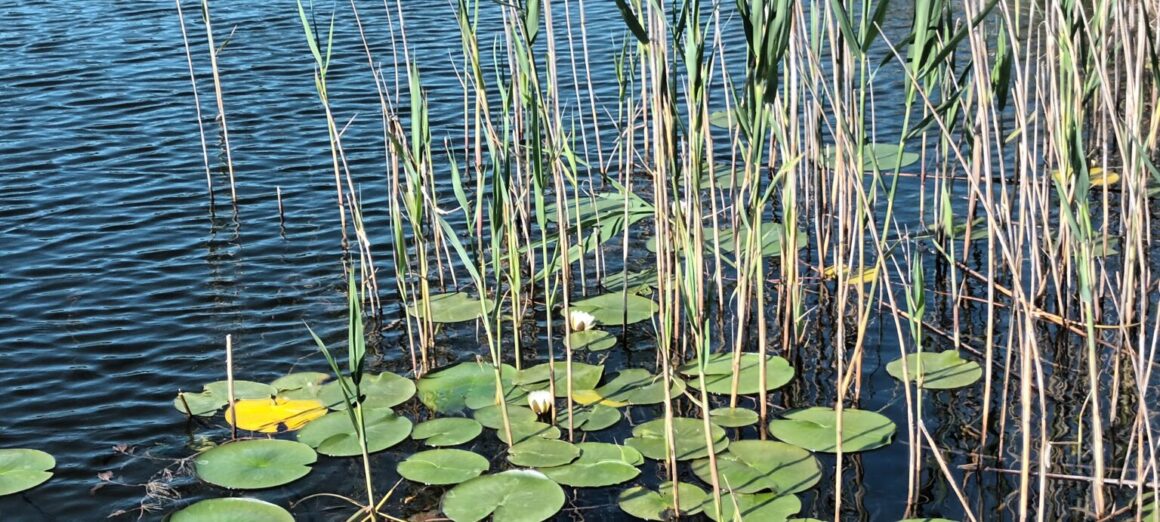
On our way to Lake Ponikve, a subalpine warbler sang from the bushes – a typical and frequent species of the coastal area. The lake itself was lively: mallards, tufted ducks, coots, little grebes, and a particularly striking pair of horned grebes in their beautiful breeding plumage. On our walk back to the bus, we enjoyed the flight and song of European bee-eaters, and even managed to identify the distant silhouette of a short-toed eagle.
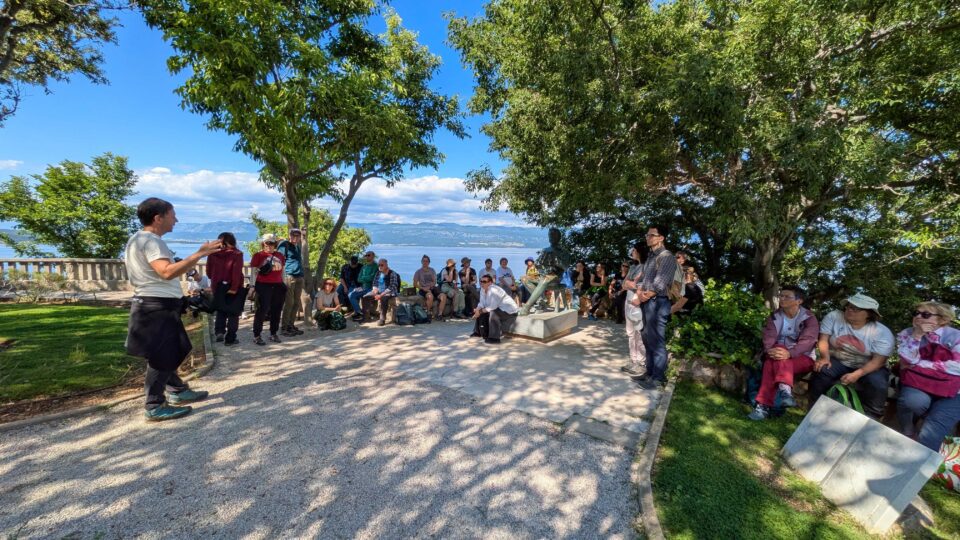
The educational part of the trip took place in the picturesque town of Vrbnik. There, Dubravko Dender – BIOM’s LIFE SUPport project coordinator – explained the project’s aim: to improve nesting and survival conditions for the last remaining population of this majestic species in Croatia. The main threats include food shortages, electrocution, disturbance of chicks at colonies, and poisoning (mainly from lead ammunition and poisoned bait). Dubravko shared the actions being taken to mitigate these threats and ensure the long-term survival – and potential re-expansion – of the population.
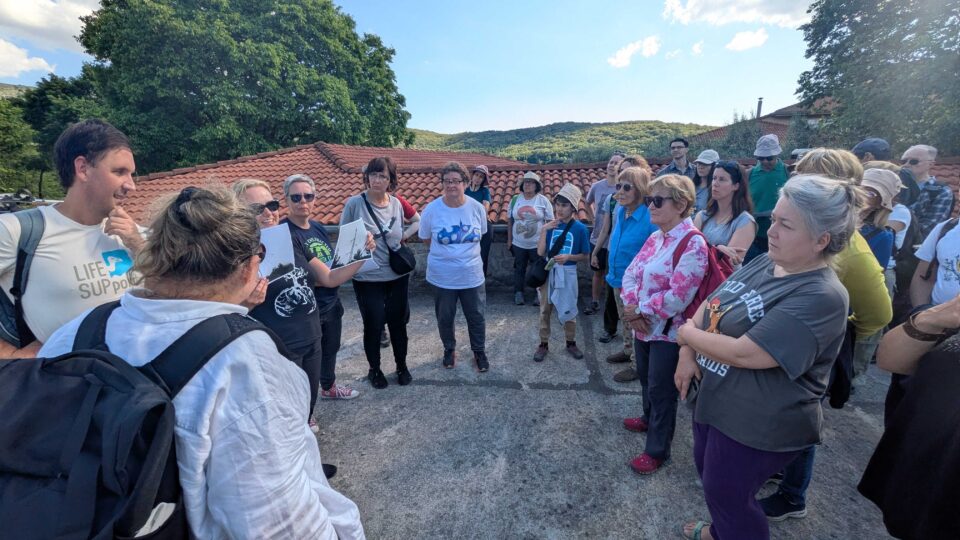
A special emphasis was placed on the issue of electrocution – birds dying from electric shock when perching on power poles. The LIFE SUPport project addresses this threat through coordinated efforts between BIOM, HEP-Operator distribucijskog sustava (the national electricity distribution operator), the Public Institution “Priroda,” and local volunteers from the Kvarner region. The most dangerous type of poles are those where the distance between conductors is small – large birds can touch two wires with their wings or bridge the wire and ground, completing the circuit and getting electrocuted. These configurations most commonly include “gamma” (a), “delta” (b), and “fir-tree” (c) shaped layouts.
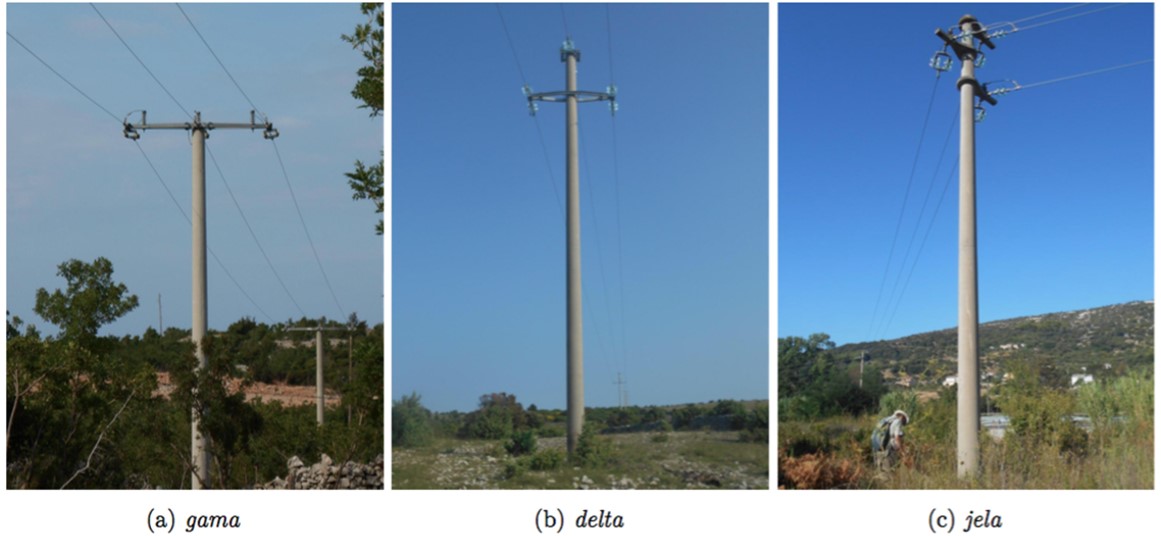
The field component of the electrocution education session also took place near Vrbnik, where BIOM members Sara Širola and Sigrid Suu Peica presented their volunteer work on the LIFE SUPport project.
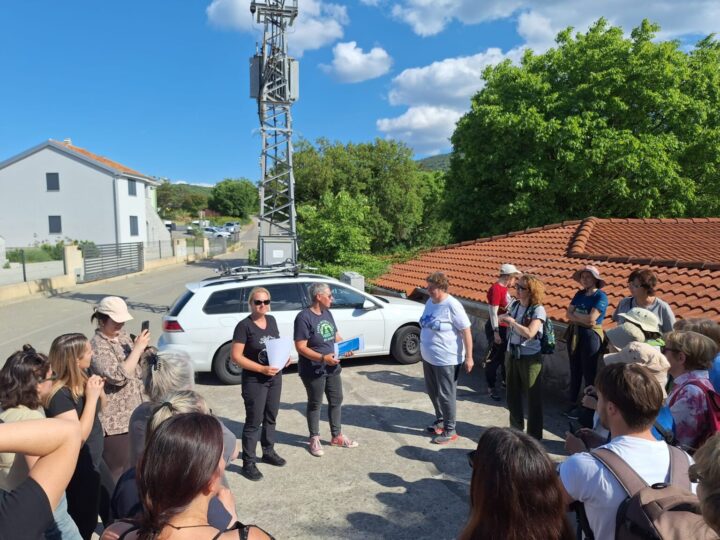
Both Sara and Sigrid volunteer on the project and shared what bird electrocution monitoring involves, encouraging others to get involved as well. They described their experiences and answered numerous questions from participants – potentially inspiring others to join similar future initiatives.
After the trip, we conducted a survey among participants, and 92.9% said they learned a lot during the educational portion. Additionally, 57% expressed interest in supporting our work through volunteering in the future.
